[youtube https://www.youtube.com/watch?v=LSGfOm6Qh1Y]


[youtube https://www.youtube.com/watch?v=LSGfOm6Qh1Y]
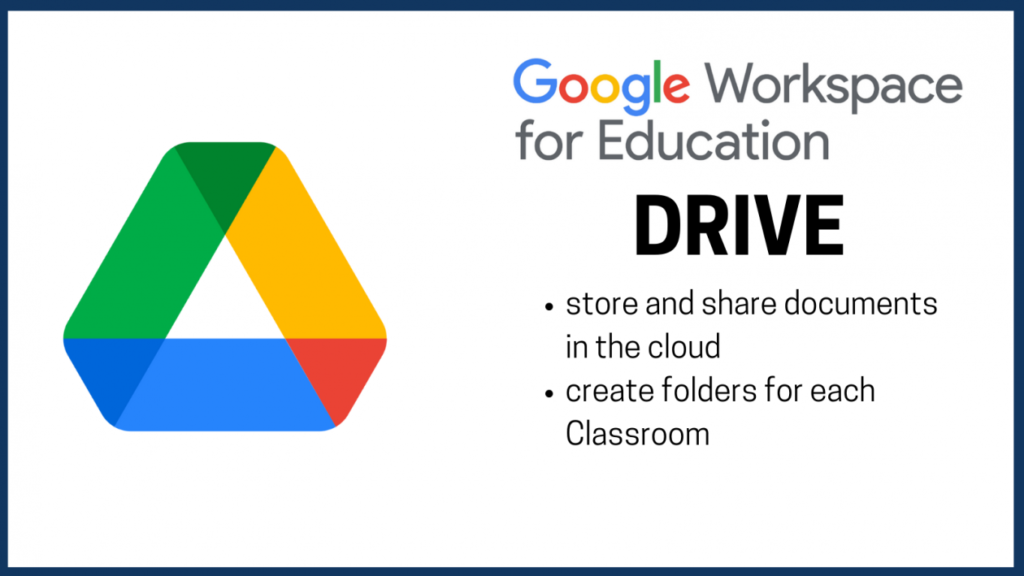
[youtube https://www.youtube.com/watch?v=bNXqhBCtz6U]
Find out what Google Drive is and how to create new files.
[youtube https://www.youtube.com/watch?v=xvXr_aiJjbI&w=560&h=315]
Find out how to share files from your Drive.
[youtube https://www.youtube.com/watch?v=01nhaHe865E&w=560&h=315]
Find out how to change the layout and appearance of files and folders in your Drive.
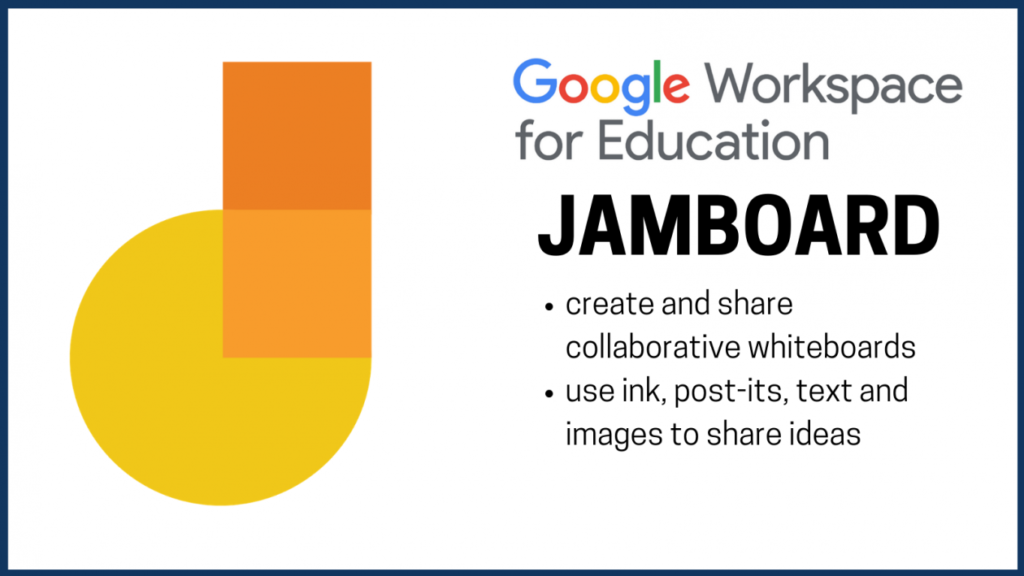

[youtube https://www.youtube.com/watch?v=qg6h8VRQZjs]
Find out how to create a new Form in Google Workspace.
[youtube https://www.youtube.com/watch?v=MChQVvrKRwQ]
Find out how to add images and videos to questions and also how to duplicate questions to quickly create a Form.
[youtube https://www.youtube.com/watch?v=64siyHKJ3fs]
Find out about the different question types and how to setup Forms to check answers and even provide feedback to support learning.
[youtube https://www.youtube.com/watch?v=-wzdrCXyctY]
Find out how to share Forms you create and the settings you can control about who can access and share the Form.

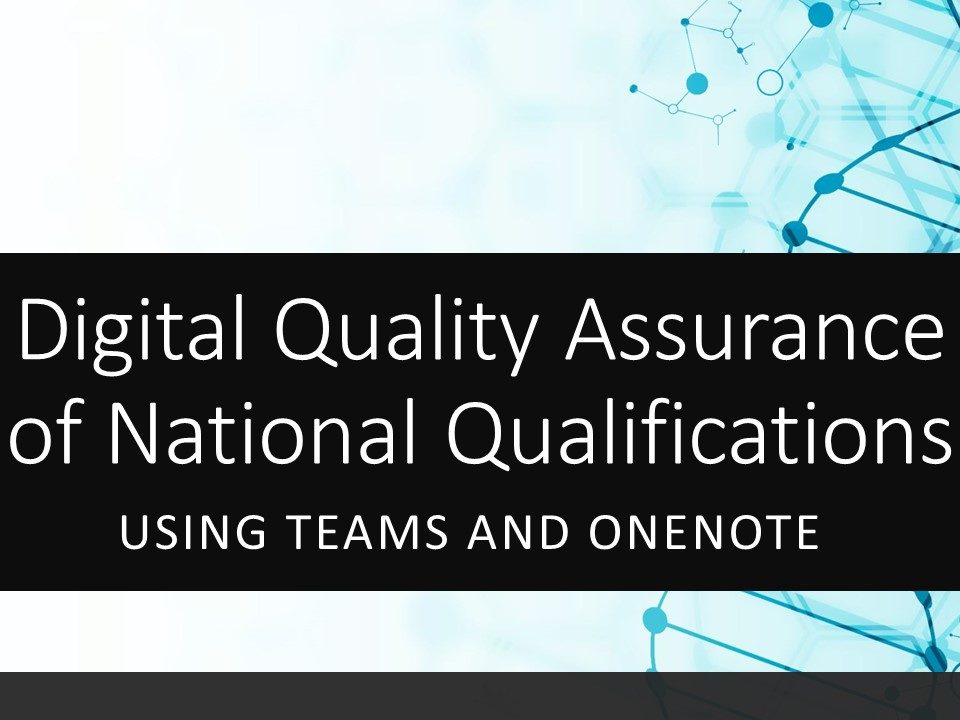
 This post outlines one possible digital solution for a quality assurance process when reviewing leaner evidence.
This post outlines one possible digital solution for a quality assurance process when reviewing leaner evidence.
Using Microsoft Teams and OneNote, learner evidence can be curated and shared with peers. Discussion around learner evidence can be done asynchronously or live, with the results of the discussion recorded in text, video or voice notes. Every member of the team will be able to access the record of quality assurance to enable them to make judgements about their own learners.
An interactive summary of this suggested process can be downloaded here.
Quality Assuring Senior Phase Learner Evidence
Identify a group of teachers who will work together to quality assure evidence. Example groupings might be
It is likely to be more manageable to limit the number of staff per group.
If possible, when creating groups of staff, distribute staff/departments who are experienced with SQA marking appropriately.
One person from each group sets up a team and creates a OneNote notebook to host the quality assurance evidence. A template page can be created to ensure consistency of recording evidence. The template text used in the video can be downloaded below.
This short video outlines the process of creating a PLC Team and a structure for the Notebook. At this stage, it would be beneficial if the person creating the team and notebook had access to the OneNote desktop app in order to add Section Groups.
[youtube https://www.youtube.com/watch?v=1uVeve-BMso]
A note about the welcome page – you may wish to add some instructions, links to SQA understanding standards documentation for your subject, or embed the adding learner content (below) videos on the welcome page.
Useful SQA links include
Understanding Standards www.understandingstandards.org.uk
NQ21 pages to keep up to date https://www.sqa.org.uk/sqa/95157.html
At this point, learner evidence can be uploaded. This can be done by individual teachers. However, it may be that a nominated person from each department uploads content onto individual pages.
In the first instance, you may want to focus on just one area / topic / unit. For example, Folio from Higher English.
How to add learner content to page
[youtube https://www.youtube.com/watch?v=lTds01FH6CQ&w=560&h=315]
You may be in the position where you have multiple paper based pieces of evidence for a learner. For example and exam script. If you have a mobile device, you can use the OneDrive and OneNote apps to combine multiple photos of that into a single PDF and insert it into a OneNote page.
[youtube https://www.youtube.com/watch?v=TrKhxe2QDeQ&w=560&h=315]
Once the notebook is populated with learner evidence and each page is named appropriately, staff can then carry out QA activities. This can be done during live meetings of the group where breakout rooms could be utilised and each breakout room is allocated a set number of pages to discuss. Alternatively, the group can agree who will quality assure what pages by a set date and this can be done individually.
Some examples can be downloaded below
In recent webinars, these use cases were summarised and presented as a set of slides. You can get these slides below
OneNote allows us to store a wide variety of media on each page. It is important to mindful about data protection and copyright.
This an example of how the West Lothian English Network are using this method to quality assure evidence of National Qualifications.
[youtube https://www.youtube.com/watch?v=X34yRbSYojQ&w=560&h=315]

 This post outlines one possible digital solution for a quality assurance process when reviewing leaner evidence.
This post outlines one possible digital solution for a quality assurance process when reviewing leaner evidence.
Using Microsoft Teams and OneNote, learner evidence can be curated and shared with peers. Discussion around learner evidence can be done asynchronously or live, with the results of the discussion recorded in text, video or voice notes. Every member of the team will be able to access the record of quality assurance to enable them to make judgements about their own learners.
An interactive summary of this suggested process can be downloaded here.
Quality Assuring Senior Phase Learner Evidence
Identify a group of teachers who will work together to quality assure evidence. Example groupings might be
It is likely to be more manageable to limit the number of staff per group.
If possible, when creating groups of staff, distribute staff/departments who are experienced with SQA marking appropriately.
One person from each group sets up a team and creates a OneNote notebook to host the quality assurance evidence. A template page can be created to ensure consistency of recording evidence. The template text used in the video can be downloaded below.
This short video outlines the process of creating a PLC Team and a structure for the Notebook. At this stage, it would be beneficial if the person creating the team and notebook had access to the OneNote desktop app in order to add Section Groups.
[youtube https://www.youtube.com/watch?v=1uVeve-BMso]
A note about the welcome page – you may wish to add some instructions, links to SQA understanding standards documentation for your subject, or embed the adding learner content (below) videos on the welcome page.
Useful SQA links include
Understanding Standards www.understandingstandards.org.uk
NQ21 pages to keep up to date https://www.sqa.org.uk/sqa/95157.html
At this point, learner evidence can be uploaded. This can be done by individual teachers. However, it may be that a nominated person from each department uploads content onto individual pages.
In the first instance, you may want to focus on just one area / topic / unit. For example, Folio from Higher English.
How to add learner content to page
[youtube https://www.youtube.com/watch?v=lTds01FH6CQ&w=560&h=315]
You may be in the position where you have multiple paper based pieces of evidence for a learner. For example and exam script. If you have a mobile device, you can use the OneDrive and OneNote apps to combine multiple photos of that into a single PDF and insert it into a OneNote page.
[youtube https://www.youtube.com/watch?v=TrKhxe2QDeQ&w=560&h=315]
Once the notebook is populated with learner evidence and each page is named appropriately, staff can then carry out QA activities. This can be done during live meetings of the group where breakout rooms could be utilised and each breakout room is allocated a set number of pages to discuss. Alternatively, the group can agree who will quality assure what pages by a set date and this can be done individually.
Some examples can be downloaded below
In recent webinars, these use cases were summarised and presented as a set of slides. You can get these slides below
OneNote allows us to store a wide variety of media on each page. It is important to mindful about data protection and copyright.
This an example of how the West Lothian English Network are using this method to quality assure evidence of National Qualifications.
[youtube https://www.youtube.com/watch?v=X34yRbSYojQ&w=560&h=315]
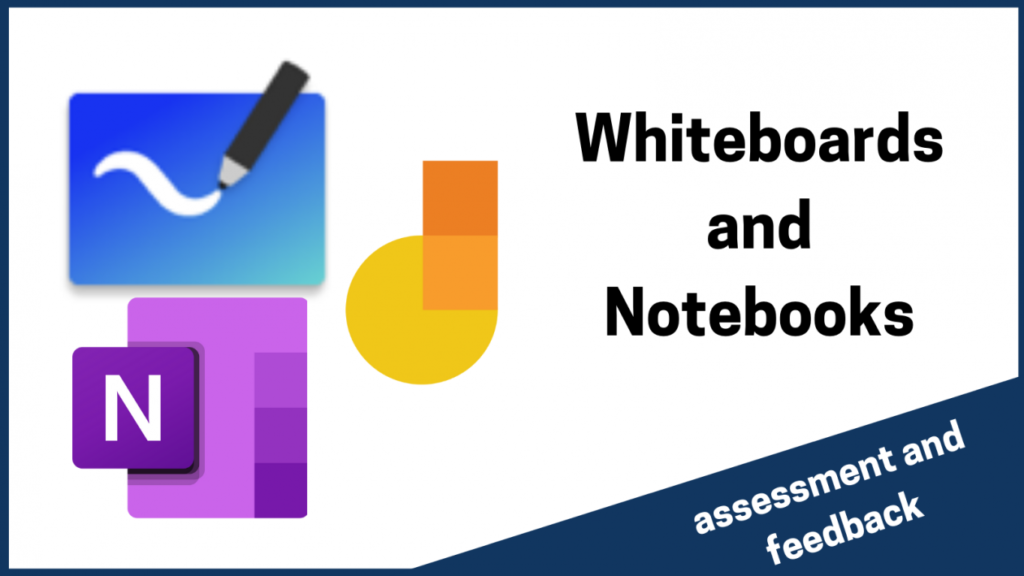
[youtube https://www.youtube.com/watch?v=BNbxHunFgzE&w=560&h=315]
This video demonstrates how OneNote can be used to make online learning even more interactive.
[youtube https://www.youtube.com/watch?v=6an4v9dFkuI&w=560&h=315]
This is an example of how O365 OneNote could be used with learners to demonstrate their understanding of number, using virtual manipulatives and annotating their thinking on their whiteboard.
[youtube https://www.youtube.com/watch?v=1IyPpO9OCSA&w=560&h=315]
O365 also has another dedicated whiteboard tool, separate from OneNote, and this can be used in Teams calls to share thinking and understanding. The whiteboards are automatically saved in your OneDrive and can be edited and annotated to provide feedback to learners.
[youtube https://www.youtube.com/watch?v=xJJUZlsilVc&w=560&h=315]
This video looks at how OneNote could be used for online literacy and English learning, particularly around note-making, and how the educators can assess and provide feedback on this.
[youtube https://www.youtube.com/watch?v=_4hGPVTbfo8&w=560&h=315]
This video looks at how Jamboard could be used for online literacy and English learning, particularly around note-making, and how the educators can assess and provide feedback on this.
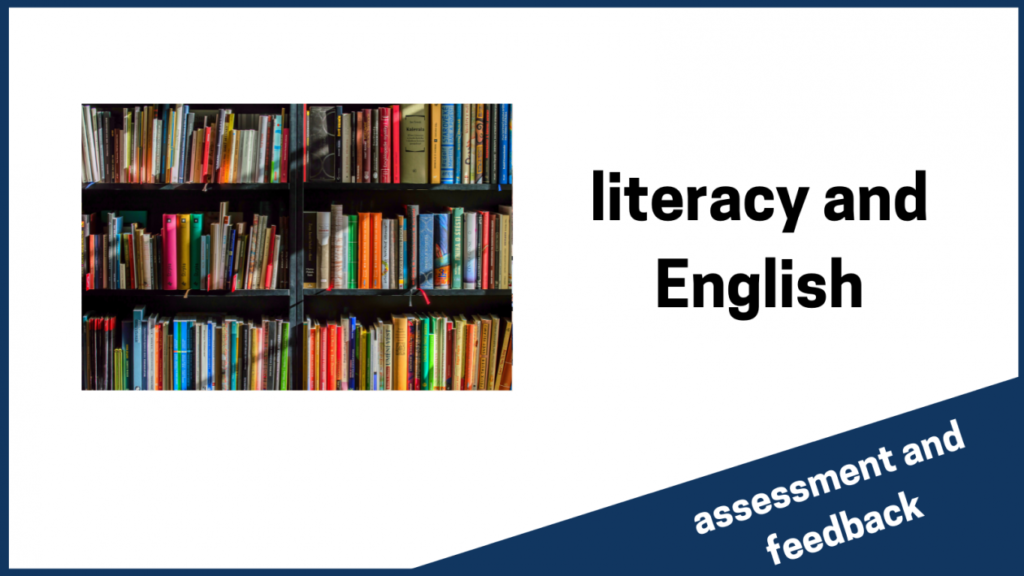
[youtube https://www.youtube.com/watch?v=1IyPpO9OCSA&w=560&h=315]
There are a number of virtual whiteboard/notebook tools within Glow and these are useful tools for learners to demonstrate their knowledge and understanding – making them effective assessment opportunities.
[youtube https://www.youtube.com/watch?v=ahhaAUmDUPI&w=560&h=315]
We presented a webinar on the use of digital tools and platforms to support online learning and this segment looks at learning activities that could be delivered remotely and how this can be assessed and feedback delivered.
[youtube https://www.youtube.com/watch?v=KQvgHlEsBuA&w=560&h=315]
This video demonstrates the use of Jamboard to capture learners’ knowledge and understanding in an online reading context. The Jamboard allows use of ‘sticky notes’ which help learner organiser their ideas alongside others’. The text in this example is a film from the Screening Shorts catalogue available through Glow.
[youtube https://www.youtube.com/watch?v=GO0wTPAMKE8&w=560&h=315]
This segment explores the use of G Suite and Classroom apps to deliver, assess and provide feedback on literacy and English learning.
[youtube https://www.youtube.com/watch?v=zTV5SGdAo20&w=560&h=315]
In this video, Susan, a teacher from Glasgow, explains how she uses Forms to check learners’ understanding and then build on that to develop their knowledge.
[youtube https://www.youtube.com/watch?v=xJJUZlsilVc&w=560&h=315]
This video looks at how OneNote could be used for online literacy and English learning, particularly around note-making, and how the educators can assess and provide feedback on this.
[youtube https://www.youtube.com/watch?v=_4hGPVTbfo8&w=560&h=315]
This video looks at how Jamboard could be used for online literacy and English learning, particularly around note-making, and how the educators can assess and provide feedback on this.
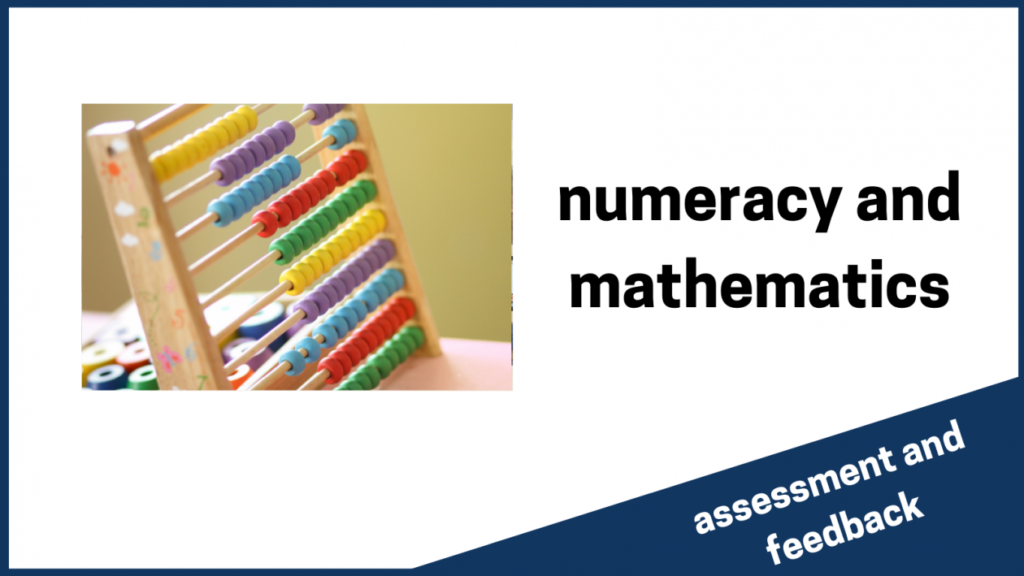
[youtube https://www.youtube.com/watch?v=BNbxHunFgzE&w=560&h=315]
There are a number of virtual whiteboard/notebook tools within Glow and these are useful tools for learners to demonstrate their knowledge and understanding – making them effective assessment opportunities.
[youtube https://www.youtube.com/watch?v=6an4v9dFkuI&w=560&h=315]
This is an example of how O365 OneNote could be used with learners to demonstrate their understanding of number, using virtual manipulatives and annotating their thinking on their whiteboard.
[youtube https://www.youtube.com/watch?v=muMAcz-Op7s&w=560&h=315]
Part 1 – We delivered this workshop on how to transfer Concrete Pictorial Abstract numeracy and maths teaching practice to the online environment. CPA can be supported effectively with interactive manipulatives and whiteboard/notebook tools.
[youtube https://www.youtube.com/watch?v=ZdS0i-de3ng&w=560&h=315]
Part 2 – This video demonstrates the concepts in Part 1 using Jamboard and OneNote to capture assessment evidence.
[youtube https://www.youtube.com/watch?v=1IyPpO9OCSA&w=560&h=315]
O365 also has another dedicated whiteboard tool, separate from OneNote, and this can be used in Teams calls to share thinking and understanding. The whiteboards are automatically saved in your OneDrive and can be edited and annotated to provide feedback to learners.
[youtube https://www.youtube.com/watch?v=bRXwB0oLhAU&w=560&h=315]
Book Creator is a platform external to Glow but can be effective for capturing learners’ thinking and allows them to create a meaningful end product to showcase their learning. However, it can be added to in an ongoing basis which makes it effective for formative assessment.